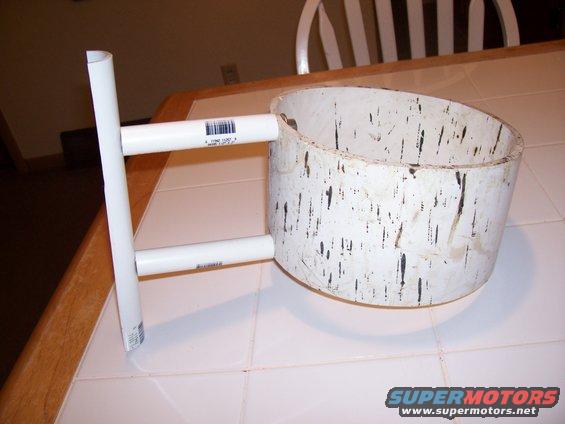Placed my order today, IMAX 2000 with GP kit and 100' LMR400. This will be going on a 40' tower with length of mast yet to be determined, with that said here is my question. Why does everything I read recommend a 20' mast? Is there some scientific mathematical equasion or is it just a convenient length? I have no problem using 30-35' heavy wall tubing for the mast if there is no reason other than inconvience not to. Some say you must isolate the antenna mounting bracket from the mast as you can not ground a fiberglass antenna while others say bolt it sound to ground AND run a secondary ground wire from the mount to a ground rod at the base (Said to lower SWR's by adding another ground element) What is it men? The truth from those who have actually done it.
Thanks
Tim
Thanks
Tim

